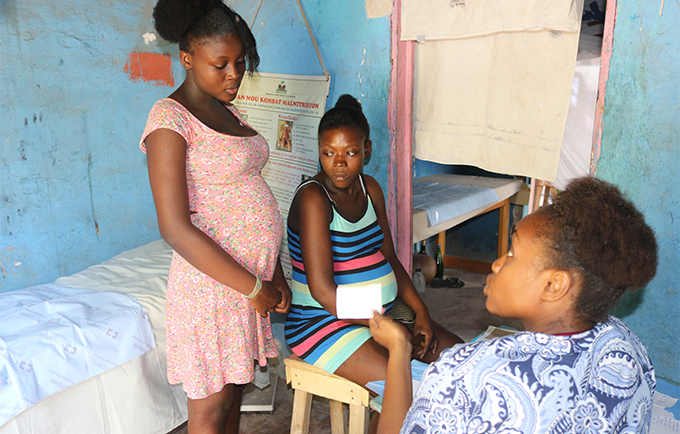News
Preventable maternal deaths down from 2000, but rate of progress at a crawl
- 19 September 2019
News
UNITED NATIONS, New York – Data from 2017 show that approximately 810 women die each day of preventable causes related to pregnancy and childbirth. This is a roughly 38 per cent decline in the global maternal mortality ratio between 2000 and 2017, says a new report by UNFPA and its partner UN agencies, released today. Yet these new figures are no cause for celebration – in fact, they represent a worrying trend in the field of maternal health, in which the pace of decline is falling far short of internationally agreed goals.
The vast majority of maternal deaths are preventable, yet these latest estimates show that simple, cost-effective and life-saving interventions are failing to reach the women and girls who need them.
“We are pleased to see a reduction in maternal deaths, but the decline is far from adequate,” said UNFPA Executive Director Dr. Natalia Kanem. “Hundreds of thousands of women continue to die each year from preventable causes. This is unacceptable.”
World leaders have repeatedly agreed to commit the resources and efforts needed to save mothers’ lives.
In 1994, at the International Conference on Population and Development, 179 governments embraced the goal of cutting the maternal mortality ratio by 75 per cent by 2015. The goal of a 75 per cent reduction in maternal deaths was endorsed again shortly after the United Nations Millennium Summit in 2000.
Neither of these goals was met.

In 2015, world leaders again convened at the United Nations to adopt the ambitious Sustainable Development Goals. This time, the goals call for maternal mortality to fall to less than 70 deaths per 100,000 live births.
“It's time to pick up the pace – to save women's lives and meet our global target on maternal mortality by 2030,” Dr. Kanem urged.
In 2017, according to the report, the maternal mortality ratio stood at 211 maternal deaths per every 100,000 live births – about 295,000 deaths that year.
The average annual rate of reduction in maternal mortality has been just 2.9 per cent. Countries will need a 6.1 per cent rate of reduction, at minimum, between 2016 and 2030 to reach the newest global target.
“The new statistics suggest that this target will not be reached unless we dramatically increase and accelerate our efforts to improve maternal health care by bolstering overall sexual and reproductive health care,” said Anneka Knutsson, head of UNFPA’s sexual and reproductive health branch.
Alarmingly, annual rates of reduction are stagnating or slowing in the 10 countries with the highest maternal death rates – South Sudan, Chad, Sierra Leone, Nigeria, Central African Republic, Somalia, Mauritania, Guinea-Bissau, Liberia and Afghanistan.
And two countries have shown a clear increase in maternal death ratio: the United States of America and the Dominican Republic.
The vast majority of maternal deaths take place in low-resource settings. Yet basic measures can address all of the major causes of these deaths, including severe bleeding, infection, high blood pressure, complications from delivery and unsafe abortion.
Prenatal care and skilled care at childbirth can help detect and treat high blood pressure. Skilled attendance at birth can ensure good hygiene is practiced, preventing infection. The administration of oxytocics after childbirth reduces the risk of deadly haemorrhage. And the provision of voluntary family planning services prevents recourse to unsafe abortion.
“We simply must do better. We need to be accountable,” said Ms. Knutsson